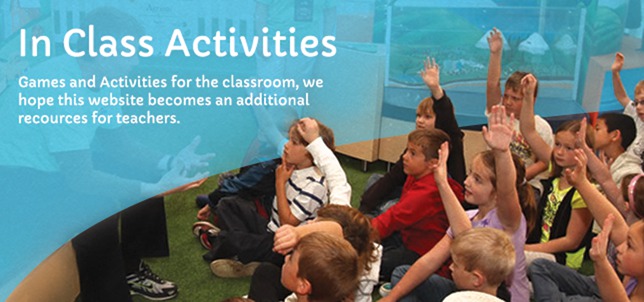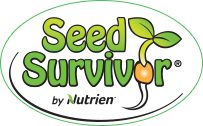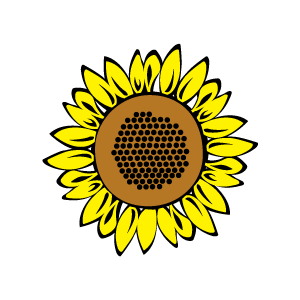
E-learning Resources
In-Class Activities
The following activities are courtesy of National Agriculture in the Classroom’s National Agricultural Literacy Curriculum Matrix:
K – Grade 2 Resources
A Day Without Agriculture
Students learn about the wide scope of agriculture, explore the variety of agricultural products in their daily lives, and discuss the difference between needs and wants.
Agriculture and Me
Students will categorize sources of basic agricultural products alphabetically.
Eating Plants
Students will identify the structure and function of six plant parts and classify fruits and vegetables according to which parts of the plants are edible.
Exploring Texture in the Garden
Students will learn about living and nonliving things, how nonliving resources help sustain plant life, and visual arts techniques through an examination of texture in the natural world. Activities in this lesson include collecting and categorizing items from the natural environment, creating seed and soil mosaics, making clay imprints, and coloring cloth with plant materials.
People and Plants Need Nutrients
In this lesson, students will learn that although plants and people obtain nutrients differently, they both need proper amounts of nutrients to grow and be healthy.
How Does Your Garden Grow?
Students will understand the needs of a seed to germinate and the needs of a plant to grow while exploring the life stages of a flowering plant.
Source Search
In this lesson students will learn that agriculture provides nearly all of the products we rely on in any given day by participating in a relay where they match an everyday item with its “source.”
Grade 3 – 5 Resources
My Farm Web
Students use the visual representation of a web to explore the role of agriculture in their daily lives and understand how most of the necessities of life can be traced back to the farm.
Plant Growth Affects the Soil
Students will recognize nitrogen, phosphorus, and potassium as soil nutrients, learn that plants use soil nutrients as they grow, and discover that fertilizer replaces depleted nutrients. Students will also analyze information on seed packets to learn more about the needs that different plants have for growth.
Students will understand that topsoil is a limited resource with economic value. Activities include slicing up an apple to demonstrate the distribution of Earth’s soil resources and exploring scenarios involving the dollar valuation of soil.
How Does Your Garden Grow?
Students synthesize what they know about soils, plants, and the environment to plan a garden, present their plans, and explain why they made the decisions that they did.
Hunger and Malnutrition
Students will learn about the importance of eating a variety of foods in order to get all the nutrients needed to be healthy, explore diets around the world using Peter Menzel’s Hungry Planet Family Food Portraits, and discuss the scope of the problems of hunger and malnutrition using the World Food Programme Hunger Map.
Keeping Soil in Its Place
Students will be able to demonstrate rain drop splash (splash erosion) and determine its impact on bare soil, ultimately being able to visually identify types of erosion.
Machines in Agriculture
The purpose of this activity is for students to make connections between the six types of simple machines and the complex machinery used to produce food and fiber.
Plant-Soil Interactions
Properties of Soils
Students will discover that different soils have different characteristics, examine different types of soil, investigate soil components, and observe how air space allows soils to hold and transmit water.
Soil Texture and Water Percolation
Students will determine the water holding and draining capacities of different soils and investigate how organic matter affects the amount of water soil will hold.
The Soil Chain
Students will recognize their relationship to soil and model the connections between common objects and the soil.
What Makes Up Your Profile?
Students will recognize soil changes in relationship to depth and understand factors associated with soil formation.
What’s in Soil?
Students will identify the components of soil and demonstrate that soil contains air and water.
Who Grew My Soup?
Students will identify the source of the food they eat and investigate the processes and people involved in getting food from the farm to their spoon.
Working Worms
Students observe how earthworms speed the decomposition of organic matter and learn how this adds nutrients to the soil that are important for plant growth. Activities include constructing worm habitats from milk jugs and completing Ride the Wild Leaf Cycle activity sheets.





